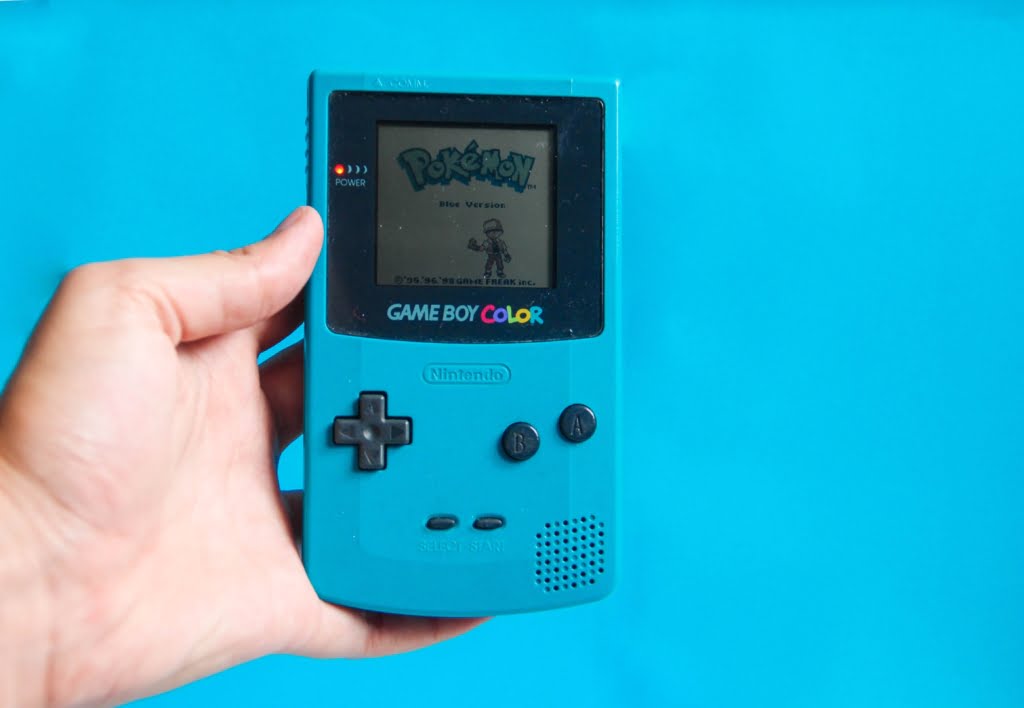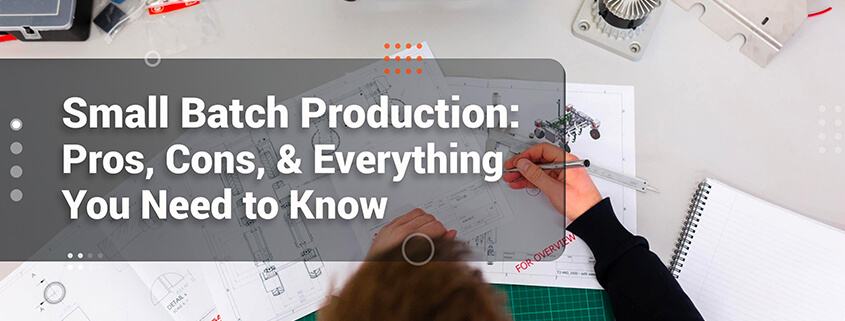Want to boost efficiency and cut down on costs within your product development? We certainly do. That’s why today we’re diving into the small batch production method and why product design firms like ours are switching to this model.
Product designers and manufacturers have used the traditional models of manufacturing for decades, but some companies are trying something different. Today’s brands are seeing the benefits of running small batches instead of large batches and there are plenty of reasons why they’re doing so.
But first, we’ll define it for you.
What is Small Batch Production?
Small batch production is a process during the manufacturing phase where your product is created in specific groups and smaller quantities than traditional batch processing. During the manufacturing process, each step starts and finishes before proceeding to the next one.
Similar components are produced together to allow for more flexibility than traditional large batch production methods because you change the next batch easily if you need to. It also increases efficiency when compared to a continuous manufacturing process where many different steps are occurring at once.
For example, let’s imagine you are manufacturing a children’s toy with various pieces, like a dollhouse. After uploading the specs, the factory makes 10,000 dollhouses with furniture and sends them to you. Once you get the product, you realize the design was too small and is a choking hazard. Now, you’ve got 10,000 dollhouses that you can’t use.
Instead, with a small batch model, you can catch errors and make changes more easily with each version of your product. That’s just one of many reasons to use it, but there are plenty of others.
Benefits of Small Batch Production
While it might seem groundbreaking it’s actually been used for a long time. The fast-food industry and clothing industry are just a few that manufacture their products in small batches.
Taking inspiration from car manufacturing plants, McDonald’s famously implemented their “Speedee Service System” back in their early days to beat their competition. Their fast processing time and low-cost strategy lead them to become the international fast-food giant they are today.
Let’s see how smaller batches can improve your product development process.
Improves Quality Control
Remember that epic cooler from Kickstarter? Well, what wasn’t so epic was that their product completely failed to live up to the expectations and many buyers never even received their product.
If you have an issue with your design, you can catch it a lot sooner with small batch processing. Ideally, you fix it before it reaches the end consumer. However, if it does make it into their hands, you’ll at least know it may only be a small number of products that suffered.
More Flexibility
Since you’re more flexible in your manufacturing princess, you can make changes on the fly. If a new trend comes along, you can tailor your product to it. Additionally, if initial user feedback shows there’s a simple feature missing that would make their lives easier, you can add it in for the next batch.
Remember when jewel tones were all the rage in the 1990s? For video game manufacturers who saw how successful colourful Gameboys were, they could’ve responded quickly and captured part of that market by releasing their own colourful versions of handheld games.
Plus, when things go wrong—as they inevitably do—you can react act easily and quickly with a small batch method. If your supplier for one part is suddenly unavailable, you can find a new one for that part asap.

Better Affordability
For first-time inventors and product designers—cost is everything. Thankfully, small batch manufacturing lets you save money, meaning you need less funding when it comes to your startup costs. This allows you to focus more efforts on other aspects of your business like marketing and advertising.
Because you’re producing fewer components and parts, small batches are cheaper to manufacture. On top of that, they take up less storage space. That means you don’t need huge warehouses to store your product because there just isn’t as much of it.
Increased Efficiency
Finally, our last point is that small batch production is a huge time saver. You can test your components in small batches more often to catch errors and greatly improve the function of the end results.
It also allows product designers to focus on one project at a time, reduces things like context switching. Instead of working slowly on multiple tasks or projects, you focus your efforts on one task and produce more efficient and higher-quality results.
We’ve been implementing small batch strategies in our own processes, and it results in faster turnaround time and shortened the product development process for us. Instead of taking years to create a product, we’ve brought our clients’ ideas to life in as little as 3 months.
Downsides of Small Batch Production
Now, nothing is perfect. There are some pitfalls that you can experience when using small batch production methods. Even though there are fewer of them overall, the problems are worth noting.
Here are some of the issues with small batch manufacturing:
More Downtime
Since you’re starting new batches more often, there is an increase in downtime. Each time you change something in your product design, you have to change something on the manufacturing line.
Constant Attention
Because you’re running more batches, you do have to stay on top of it. Instead of placing a factory order for thousands of units and forgetting about it, you have to keep monitoring it.
Small batches require more quality control testing and assurances because you’re making a new batch every time. Even if you’re not changing anything, you still want to ensure it’s working as you intended.
Less Product in Stock
When you have less product available, you’re more likely to run out of it. While scarcity is a great marketing tactic to entice buyers, it’s not great when you miss out on sales. By selling in smaller amounts, you risk lowering your profits just because you ran out.
We saw this when the PlayStation 5 sold out around the world because of supply chain issues caused by the pandemic. While they are creating more models, it still doesn’t look like they’ll be able to fully meet the demand until 2022.
Harder to Find Factories
Finally, it can be difficult to find suppliers when you’re placing small orders. Factories have to adjust their setup each time and when they’re only making a small batch, it’s worse for their bottom line as well.
Also because you’re ordering less stock, you have higher unit costs, too. As such, you’ll either have to raise your pricing or take a somewhat worse profit margin.
Pros and Cons of Small Batch Production
Now that you read them all, it’s easy to see why small batch production is taking over the product design industry. To summarize here’s a quick table on the pros and cons we discussed today:
| PROS | CONS |
| Improved Quality Control | More Downtime |
| More Flexibility | Constant Attention |
| Better Affordability | Less Product in Stock |
| Increased Efficiency | Fewer Factories Available |
Key Takeaways
Not every business uses the same model for their manufacturing, but it’s important to consider all the different methods you can use in your product development. For some products, small batch production might be the answer; for others, the traditional model might work just fine.
At Ventrify, we use the latest strategies to design and develop successful products for our clients so they can save more time and money. If you want to learn more and work with us, contact us today.
Finally, if you found this article helpful, don’t forget to share it and subscribe to our newsletter for more useful content like this.
About the Author:
Ventrify is a product design and manufacturing firm that helps entrepreneurs bring product ideas from concept to market. We take in fledgling ideas and bring them through our iterative design process to create products our clients can be proud of. Then, we work with manufacturing facilities worldwide to bring our clients the highest quality products at competitive prices.
If you have questions about using prototypes in your product development journey or need help, reach out to us through our Website, Facebook, or LinkedIn.
Article by Victoria Fraser


